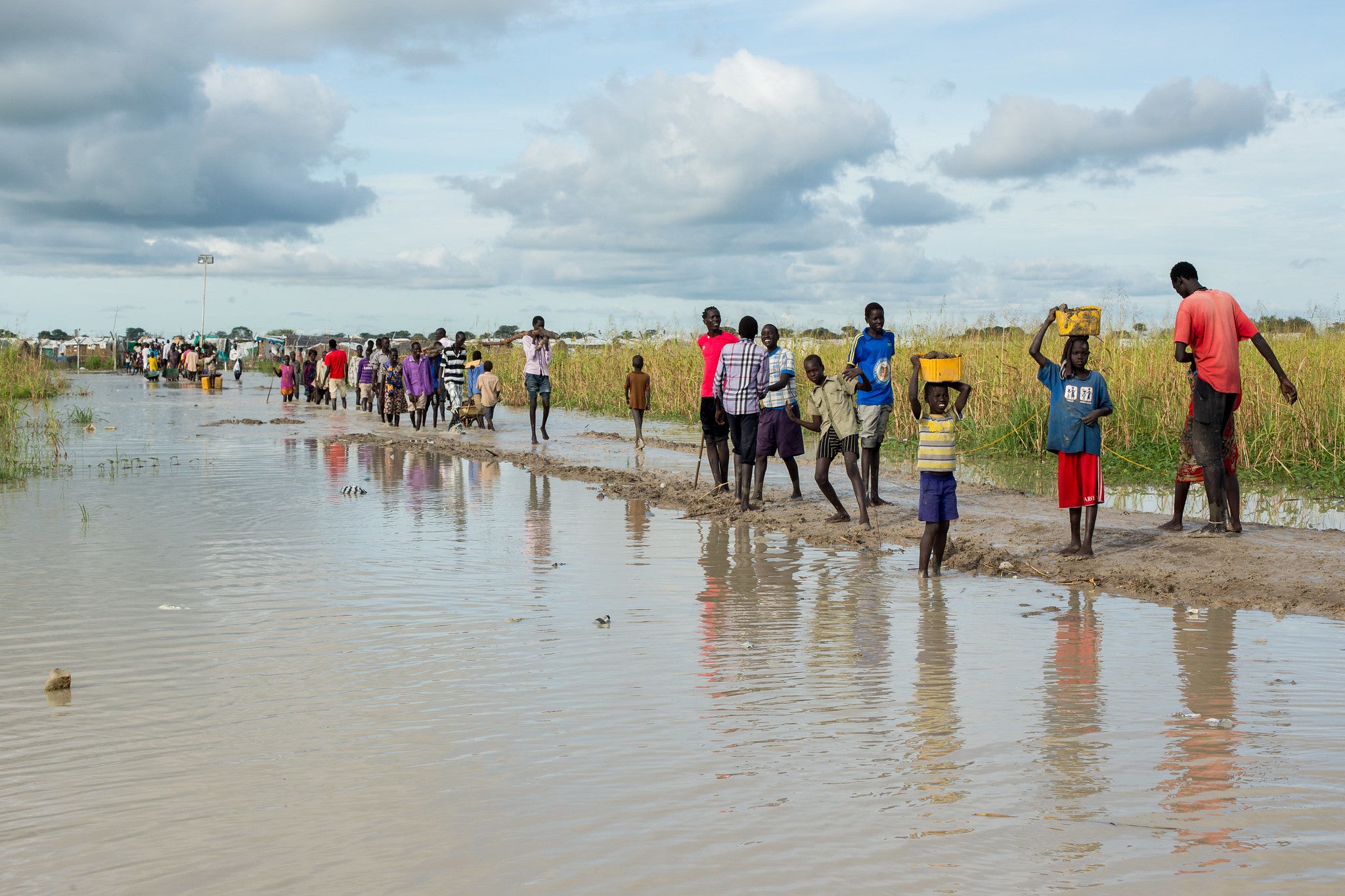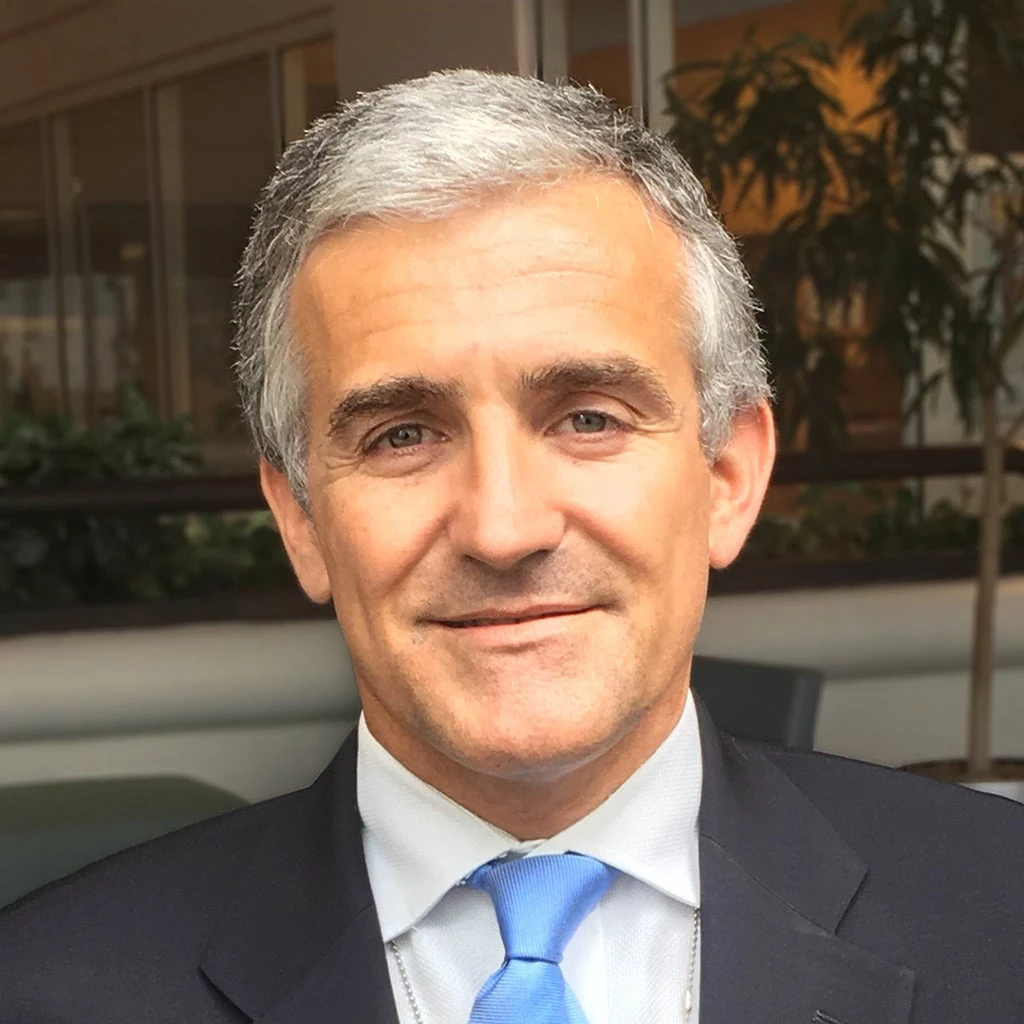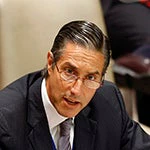 The Protection of Civilians (POC) site near Bentiu, in Unity State, South Sudan, houses over 40,000 displaced persons (IDPs) seeking shelter from armed conflict in the area.
The Protection of Civilians (POC) site near Bentiu, in Unity State, South Sudan, houses over 40,000 displaced persons (IDPs) seeking shelter from armed conflict in the area.
In the last twenty years, the dynamics of fragility, conflict and crises around the world have become more complex. Violent conflict has become increasingly transnational and protracted. Even resilient societies face evolving risks, like those linked to technology and climate change. Growth and poverty alleviation are crucial but alone will not suffice to sustain peace and deliver on the 2030 Sustainable Development Goals.
To meet these new challenges, the UN and the World Bank are changing the way we do business. One of the core shifts in the last few years has been a recognition by both institutions that “going it alone” is not an option. We need to more effectively combine the capacity and expertise both institutions bring and work together across siloes. Expertise and resources must be mobilized from humanitarian, development, and security actors, as well as from civil society and the private sector, to support and build resilience for the most vulnerable people, reduce poverty, enhance food security, promote shared prosperity, and sustain peace.
In 2017, the United Nations Secretary-General and the World Bank President signed a Partnership Framework for Crisis-Affected Situations, which laid out operational commitments to enhance collaboration by leveraging our unique advantages and mandates, and scaling-up impact at the country level. These commitments are now being translated into action on the ground.
The 2019 UN-World Bank Partnership Monitoring Report gives a snapshot of our broadening work together, featuring examples of concrete collaboration in 50 countries. These show how the UN and World Bank support countries by deploying their comparative advantages: in situations where there is risk of violent conflict; during ongoing violent conflict; where there is forced displacement due to crises; and in protracted and post-crisis contexts.
The partnership between the World Bank and UN High Commissioner for Refugees (UNHCR) is an excellent example of strategic engagement, harnessing the strengths of both institutions to support governments. The World Bank has brought its expertise in innovative financing and a focus on medium-term socio-economic solutions to the UNHCR’s decades of experience in responding to forced displacement.
Together they have provided support to low-income countries eligible under the World Bank’s IDA18 Sub-Window for Refugees and Host Communities, as well as for middle income countries under the Global Concessional Financing Facility. This has led to extensive collaboration in countries such as Bangladesh, Ethiopia, Jordan, Lebanon, Niger, Rwanda and Uganda. In Jordan, for example, under the collaboration on the Economic Opportunities for Jordanians and Syrian Refugees Program for Results project, UNHCR is supporting Syrian home-based business registration, while the World Bank is supporting the expansion and improvement of Jordan’s cash transfer program for the poor. Globally, to enable a better informed and more sustainable response to refugees, both institutions have also established a WB-UNHCR Joint Data Center on Forced Displacement.
In countries working to recover from or prevent conflict, the UN and World Bank are working together to better align our support on the basis of shared analysis. Recovery and Peace Building Assessments (RPBA) supported by the UN, the WBG, and the European Union, help the institutions and country stakeholders develop a shared understanding of conflict, and promote joint prioritization of interventions by all partners. For example in the Central African Republic, the RPBA was adopted as the government’s National Recovery and Peacebuilding Plan 2017-2021. This past year, the World Bank approved $100 million in additional financing for the LONDO (“Stand Up”) Project, implemented in coordination with the UN, which has created thousands of temporary jobs in some of the most remote regions to maintain roads, public spaces, and sanitation.
Both institutions have made internal changes to allow us to work better together. The UN Peacebuilding Support Office now has dedicated capacity to support UN engagement with the World Bank. The World Bank Group is currently developing an institutional strategy for Fragility, Conflict and Violence, which emphasizes the importance of operationalizing cooperation with humanitarian, peacebuilding, security, and other development actors. This includes strengthening its partnership with the UN, driving towards better outcomes at the country level.
For more on the impact of the World Bank - UN Partnership, here’s the full report. We look forward to continuing to ensure that our joint efforts translate into real progress towards sustainable peace.
Franck Bousquet is the World Bank’s Senior Director for Fragility, Conflict & Violence.
Oscar Fernandez-Taranco is the Assistant Secretary-General for Peacebuilding Support at the United Nations.




Join the Conversation